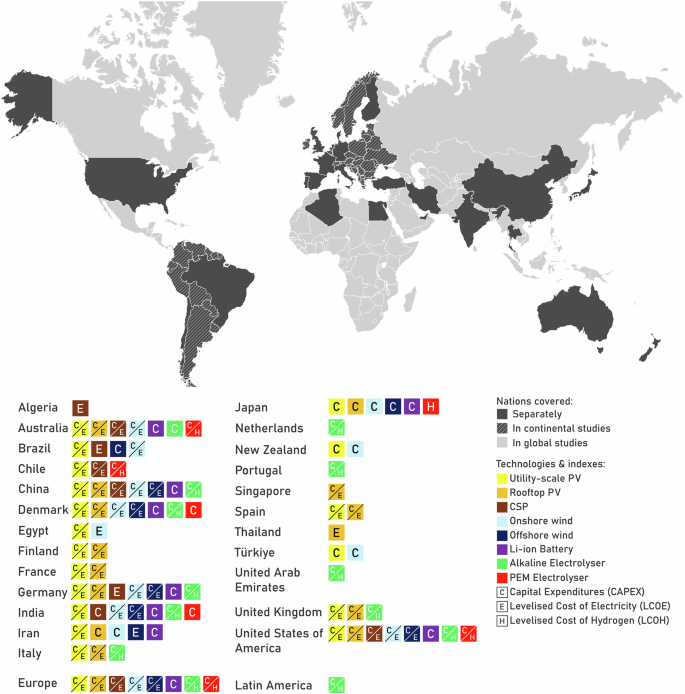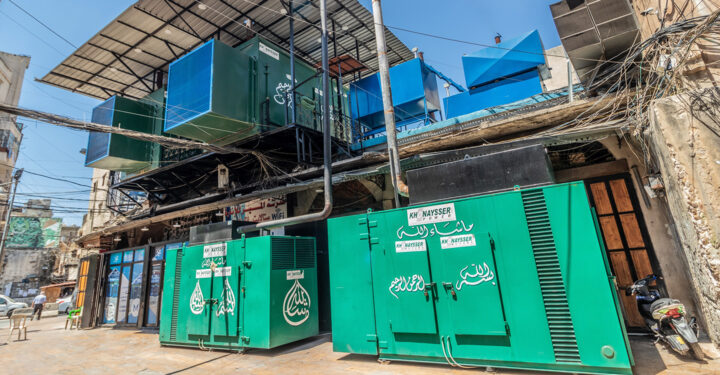Report on AI Energy Consumption and its Implications for Sustainable Development Goals
Executive Summary
A senior executive at Apollo Global Management Inc. has issued a stark warning regarding the immense energy requirements of data centers powering artificial intelligence (AI). According to Dave Stangis, who leads the firm’s sustainability strategy, a significant and potentially insurmountable gap exists between the energy demanded by AI and the current global capacity for energy generation and transmission. This report analyzes this challenge through the lens of the United Nations Sustainable Development Goals (SDGs), highlighting critical conflicts between technological advancement and global sustainability targets.
Key Findings
- Infrastructural Deficit: A substantial gap is identified between the energy demand from AI technologies and the existing global grid’s capacity for both generation and transmission.
- Long-Term Challenge: The Apollo executive projects that this energy deficit is so vast that it will not be resolved within “our lifetime,” indicating a long-term structural problem.
- Sustainability Conflict: The rapid, large-scale energy consumption required by AI directly challenges the principles of sustainable development and responsible resource management.
Analysis of SDG Implications
SDG 7: Affordable and Clean Energy
The escalating energy demand from AI poses a direct threat to the achievement of SDG 7, which aims to ensure access to affordable, reliable, sustainable, and modern energy for all.
- The strain on existing power grids could lead to increased energy costs and reduced reliability for residential and other industrial consumers.
- Meeting this demand necessitates a massive expansion of energy generation. If this expansion relies on fossil fuels, it will directly contravene the goal of increasing the share of renewable energy in the global energy mix.
SDG 9: Industry, Innovation, and Infrastructure
While AI represents a pinnacle of innovation (a key component of SDG 9), its infrastructural demands create a sustainability paradox.
- The report highlights that current energy infrastructure is not resilient or sufficient to support this wave of technological innovation sustainably.
- Achieving SDG 9 requires building resilient infrastructure and fostering sustainable industrialization. The unsustainable energy footprint of AI data centers runs counter to this objective unless paired with a revolutionary upgrade in clean energy infrastructure.
SDG 13: Climate Action
The energy gap identified is critically linked to SDG 13, which calls for urgent action to combat climate change and its impacts.
- Failing to meet AI’s energy needs with clean sources will inevitably lead to a significant increase in greenhouse gas emissions, undermining global climate targets.
- The scale of the energy required means that the development path of AI could become a major determining factor in the global community’s ability to take effective climate action.
Analysis of Sustainable Development Goals (SDGs) in the Article
1. Which SDGs are addressed or connected to the issues highlighted in the article?
-
SDG 7: Affordable and Clean Energy
- The article’s primary focus is on the massive energy demand from AI data centers and the inability of the current energy grid to meet it. This directly relates to the goal of ensuring access to affordable, reliable, sustainable, and modern energy for all. The text highlights a significant challenge to the reliability and capacity of global energy systems.
-
SDG 9: Industry, Innovation and Infrastructure
- The article discusses the gap in “generation and transmission” infrastructure required to power the innovation of artificial intelligence. It points out that the existing grid infrastructure is insufficient to support this new technological development, which is a core concern of SDG 9, focusing on building resilient infrastructure, promoting inclusive and sustainable industrialization, and fostering innovation.
2. What specific targets under those SDGs can be identified based on the article’s content?
-
Target 7.a: “By 2030, enhance international cooperation to facilitate access to clean energy research and technology… and promote investment in energy infrastructure and clean energy technology.”
- The article’s statement that the gap “will not be closed in our lifetime” underscores the immense scale of investment needed in energy infrastructure (“generation and transmission”). This directly points to the challenge described in Target 7.a, which calls for promoting such investment.
-
Target 9.1: “Develop quality, reliable, sustainable and resilient infrastructure… to support economic development and human well-being…”
- The article implies that the current energy infrastructure is not reliable or resilient enough to handle the demands of AI. The “huge” gap between demand and supply indicates a failure of the existing infrastructure to support a major technological innovation, making Target 9.1 highly relevant.
3. Are there any indicators mentioned or implied in the article that can be used to measure progress towards the identified targets?
- The article does not cite any official, quantitative SDG indicators. However, it strongly implies a critical metric for measuring the problem:
- The gap between energy generation/transmission capacity and energy demand from AI: The article’s central theme is the “huge” gap “between what AI is demanding and what we have everywhere in the world on the grid.” This difference serves as a direct, albeit non-standard, indicator of the infrastructure and energy deficit. Measuring this gap would be essential to track progress toward meeting the energy needs of new technologies and fulfilling the ambitions of Targets 7.a and 9.1.
Summary Table
| SDGs | Targets | Indicators |
|---|---|---|
| SDG 7: Affordable and Clean Energy | Target 7.a: Promote investment in energy infrastructure and clean energy technology. | Implied Indicator: The measured gap between the energy demand of AI data centers and the available capacity of the energy grid (generation and transmission). |
| SDG 9: Industry, Innovation and Infrastructure | Target 9.1: Develop quality, reliable, sustainable and resilient infrastructure. |
Source: bloomberg.com







